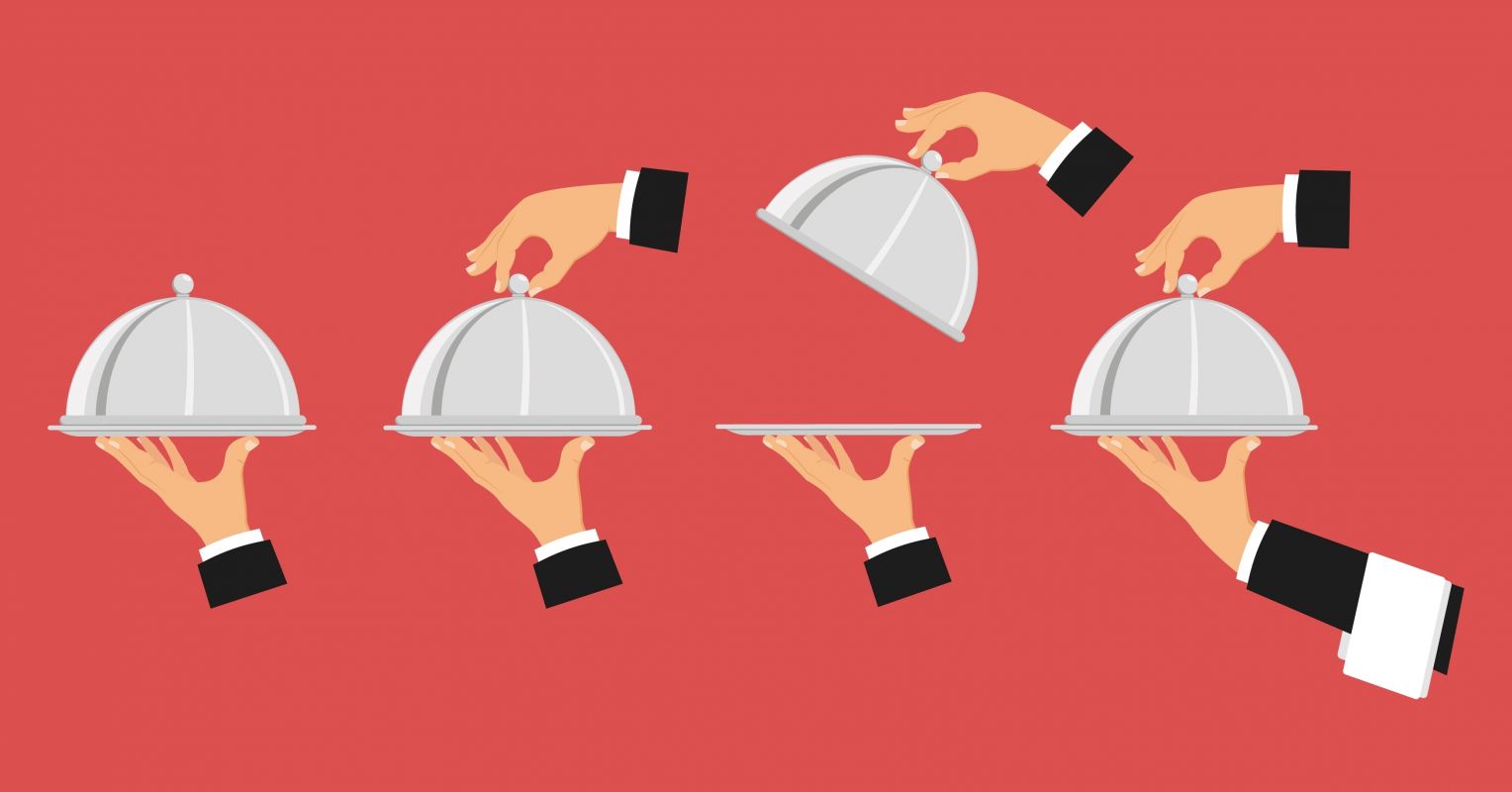
"Have you ever eaten something you loved and hated yourself for eating it? The bonfire crackled as Eli clutched a warm apple cider donut, cinnamon sugar dusting his fingers. He took a sip of hot cider and felt the familiar pull inside. One part of him was shouting, Empty calories. Sugar crash ahead, while another part whispered, You've earned this."
"Eli is a composite of many Americans who log their meals, track macros, or rely on apps to stay "on track." His obsession with healthy eating represents the ironic twist of modern life: we have more nutrition information than any generation in history. Yet we're still confused, imbalanced, and dissatisfied with our relationship to food (Caballero, et al., 2025; Larson, et al., 2021)."
"Many people spend their lives asking, 'What should I eat?' or 'Why can't I have more willpower?' But what if the better question is: Who is doing the eating? This single shift-from focusing on the food to focusing on the eater -reveals something unexpected: you're not broken, and you don't have a willpower problem. You have multiple parts inside you, each with different agendas, and too often, no one's in charge."
People commonly focus on what to eat or blame willpower for inconsistent eating. Asking who is doing the eating reframes the problem toward the eater's internal system. The mind contains multiple parts with distinct motives that often conflict and undermine decisions. Leading those parts with a guiding self, rather than trying to control them or rely on rigid rules, creates alignment and reduces self-blame. The Eating 2.0 approach emphasizes recognizing parts, understanding their agendas, and assuming leadership to coordinate them, improving eating experiences and emotional balance around food.
Read at Psychology Today
Unable to calculate read time
Collection
[
|
...
]